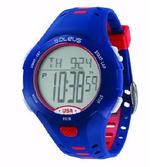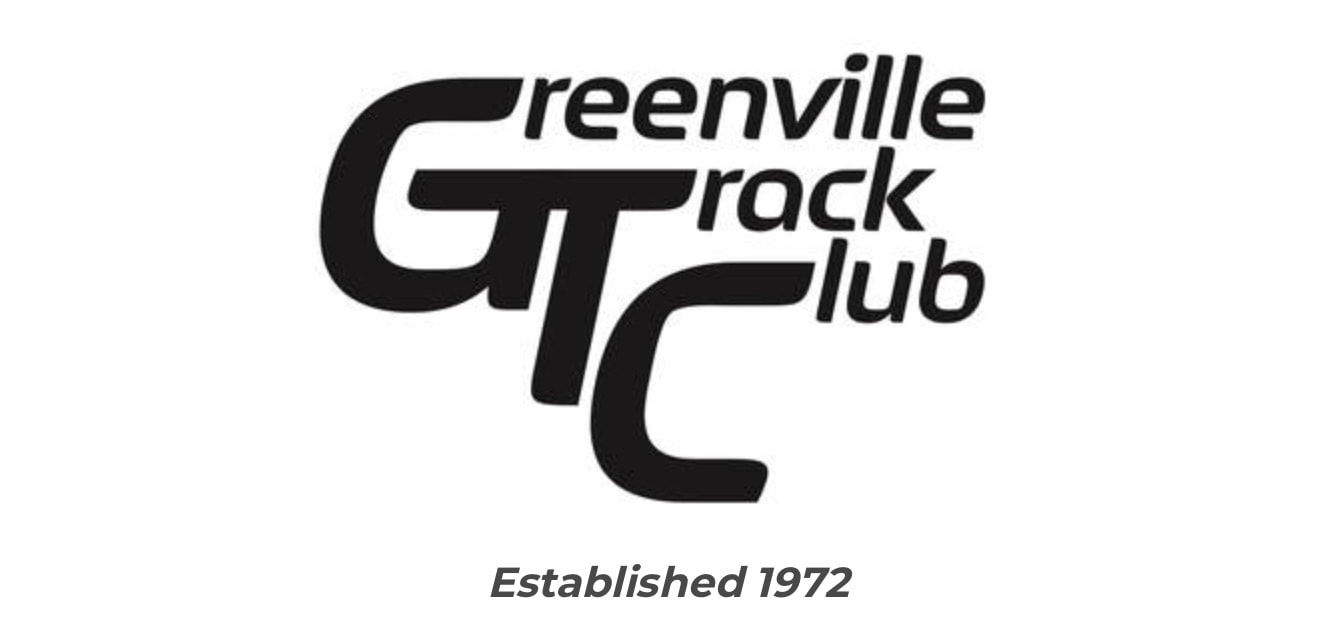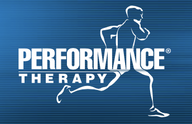 During my many years of running and coaching I have observed thousands of races and countless marathons. One of my pet peeves is hearing, “ I was on pace for ‘x number’ of miles before I slowed down to finish in “y time.” “Yes, sure you were,” is my non-verbal response as I attempt to smile and listen to another poor excuse for improper pacing. What is proper pacing? Well, simply stated, it is not going out faster than you finish. Throughout the history of competitive running, runners have sprinted from the starting line only to deplete their appropriate energy systems and slow to an unfavorable pace. You can see it at almost every race you attend. The culprits’ brains just don’t seem to be able to figure out that going out too fast is NOT a good strategy. Although this happens in races of all distances, it is especially true in the marathon. Even many of the sub-elite runners provide their post-race explanations such as, “I was on qualifying pace for 21 miles, but then I began to slow down. I’m not sure why.” Wow! What a mystery. You ran too fast for the first part of the race and for some unknown reason you can’t understand why you slowed down. As a professional coach, this is where I like to explain why a negative can be a positive. The best way to run almost any race over 800 meters in length is to go out at a slower pace than the pace you can finish at. Physiologically, consistent pacing is the best way to run efficiently. Having a faster second half of your race produces a “negative split.” However, in the 800 meters research data has shown that in championship competition the first 400 meters is usually a little faster than the next, and final, 400 meters. National and Olympic caliber athletes usually have approximately a 2-second “positive” split between their first and last lap of 400 meters. For example, an athlete running 1:50.0 for 800 meters will probably run something similar to 54 seconds for the first 400 and 56 seconds for the last 400. This isn’t always true, but has been demonstrated over the last couple of decades. However, when moving up in distance to the 1500 meters, almost all of the top competitors run their fastest segment of the race over the final 200 meters. “That’s because they are kicking,” is the common runner’s observation. True, and the kick over the final 400 meters usually leads to a “negative” split for second half of the race. When observing world-class runners in the 5,000 or 10,000-meter events, the final 400 is usually much faster than any other lap during the race. It is not uncommon to see the top 5000-meter finishers covering the final 400 meters in less than 53 seconds in an event where the average lap is in the 62-64 second range. In most of these races, the first 400 is very close to the final average time per lap. “So what about the half-marathon or marathon?” you might ask. For longer distances, proper pacing is just as, or even more important. A great example was the 2016 USA Olympic Team Marathon Trials in Los Angeles. Former Brigham Young University star and current BYU professor Jared Ward used his almost perfect pacing strategy to earn one of the three coveted spots on the USA Olympic team that later competed in the Rio Olympics. Not surprisingly, Ward wrote his thesis on pacing for the marathon. At the 2017 Chicago Marathon, winner Galen Rupp ran “negative” splits to win convincingly over some top talent, who had much faster times then he had on his resume. After covering the first 5K in a rather slow 15:43 (5:04 per mile) the pace gradually increased and the leaders passed the halfway point of 13.1 miles at 1:05:49 (5:01 per mile). At 30K, there was still a pack of ten competitors and Rupp decided to wait until 35K (7K from the finish) before increasing his tempo. He then ran the next 5K in 14:25 (4:38 per mile) to break his competition. And for some insurance, he ran the 41st kilometer in an amazing 2:38 (4:27 per mile pace). His second half-marathon split was 1:03:30 for a negative split of 2 minutes 19 seconds. The next month at the New York City Marathon Shalane Flanagan utilized a similar strategy, although not really pre-planned, to become the first USA woman to win the NYC event in 40 years. After a first half-marathon split of a rather slow (for elite women) 1:16:18, she ran 1:10:35 for the final 13.1 miles. That split included incredible mile splits of 5:09, 5:08, 5:11 and 5:04 for miles 22 through 25. Her 5K split from 35 to 40K was a fast 15:57—a 5:09 per mile pace. Now those really are NEGATIVE splits with a POSITIVE result. So how do we use this information from the super elite for our own performances? Train properly and use a race strategy of running the first half of your race no faster than you run the final half. Author Mike Caldwell is director/coach of ASICS GTC-ELITE and this article was written for and originally appeared in PACE Running Magazine's Winter 2017 issue.
1 Comment
|
AuthorMike Caldwell is the Director and one of the coaches for ASICS Greenville Track Club-ELITE. For more on Mike please visit his page on this website. Archives
June 2020
Categories |
- News Blog
-
About Us
- Mission, etc.
- Our Four Pillars
- Our Maxims
- Contact Us
- Support Us
- Board of Directors
- Qualifying Standards
- FAQs
- Apply
- Olympic Trials Qualifiers
- NCAA Champions
- NCAA All Americans
- Club Records
- SC State Records
- Performance Lists
- Victories
- USA Road Championships
- Program Highlights >
- Community Involvement
- Legacy Running Camp
- Schedule
- Coaching & Training
- Laura Caldwell Fellowship
- Current Athletes
-
Alumni
- Wallace Campbell
- Calista Ariel
- Chass Armstrong
- Trent Binford-Walsh
- Ryan Bugler
- Chris Caldwell
- Josh Cashman
- Shawnee Carnett
- Frank DeVar
- Nicole DiMercurio
- Kate Dodds
- Dylan Doss
- Ricky Flynn
- Emily Forner
- Adam Freudenthal
- Dylan Hassett
- Mark Leininger
- Mackenzie Lowe
- Zach Mains
- Cristina McKnight
- Avery Martin
- Tyler Morse
- Joe Niemiec
- Alison Parris
- Victor Pataky
- Annie Rodenfels
- Ryan Root
- Kimberly Ruck
- Austin Steagall
- Carolyn Watson
- Chelsi Woodruff
- Blake Wysocki
- Pics & Vids
- Sponsors
- Greenville, etc
- Social Media
- News Blog
-
About Us
- Mission, etc.
- Our Four Pillars
- Our Maxims
- Contact Us
- Support Us
- Board of Directors
- Qualifying Standards
- FAQs
- Apply
- Olympic Trials Qualifiers
- NCAA Champions
- NCAA All Americans
- Club Records
- SC State Records
- Performance Lists
- Victories
- USA Road Championships
- Program Highlights >
- Community Involvement
- Legacy Running Camp
- Schedule
- Coaching & Training
- Laura Caldwell Fellowship
- Current Athletes
-
Alumni
- Wallace Campbell
- Calista Ariel
- Chass Armstrong
- Trent Binford-Walsh
- Ryan Bugler
- Chris Caldwell
- Josh Cashman
- Shawnee Carnett
- Frank DeVar
- Nicole DiMercurio
- Kate Dodds
- Dylan Doss
- Ricky Flynn
- Emily Forner
- Adam Freudenthal
- Dylan Hassett
- Mark Leininger
- Mackenzie Lowe
- Zach Mains
- Cristina McKnight
- Avery Martin
- Tyler Morse
- Joe Niemiec
- Alison Parris
- Victor Pataky
- Annie Rodenfels
- Ryan Root
- Kimberly Ruck
- Austin Steagall
- Carolyn Watson
- Chelsi Woodruff
- Blake Wysocki
- Pics & Vids
- Sponsors
- Greenville, etc
- Social Media


 RSS Feed
RSS Feed











